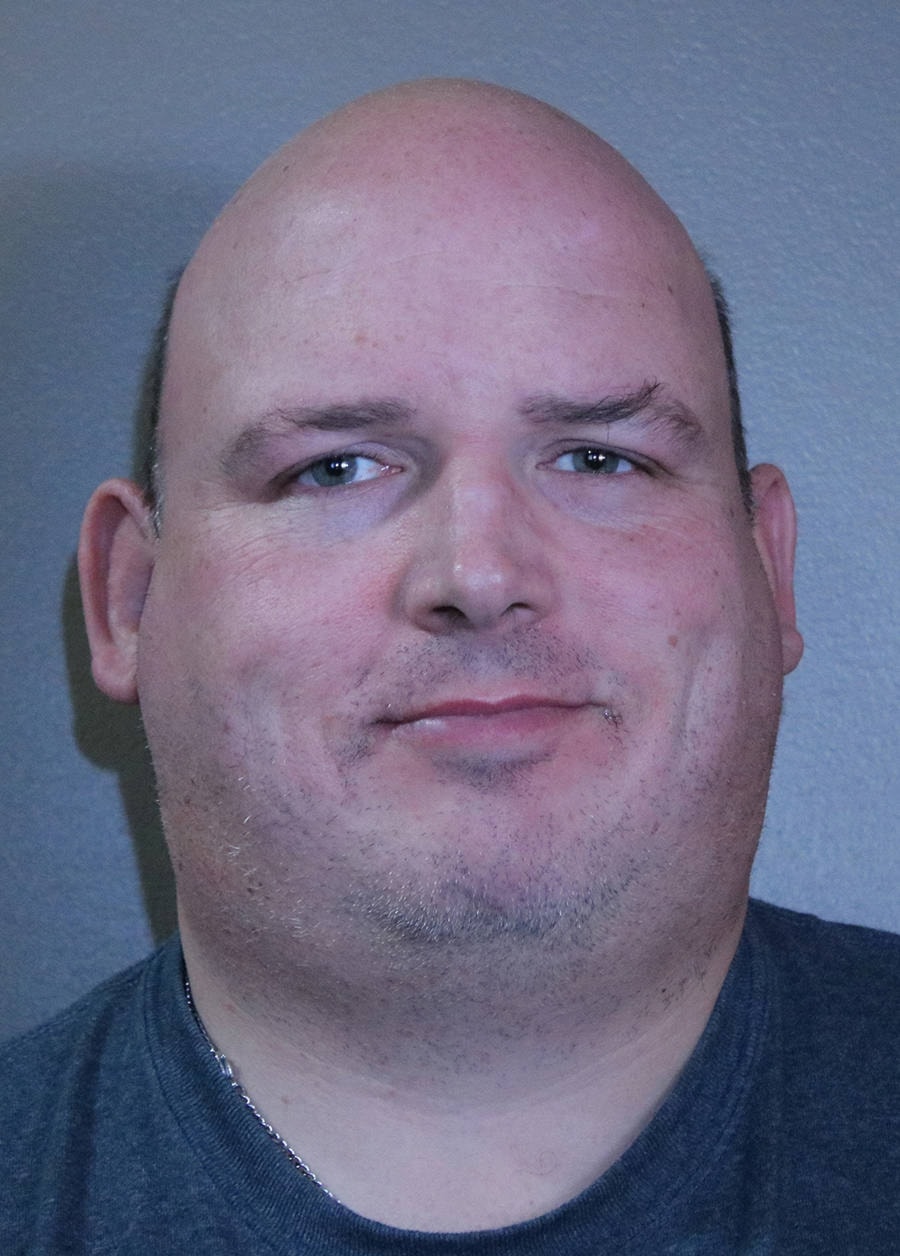By Kevin J. Sabo
For the Advance
If you want to scare the heck out of yourself, spend a few minutes looking up Borderline Personality Disorder on the Internet.
I don’t know that there is another diagnose-able mental health condition that is quite as stigmatized as it is. Having been diagnosed with the disorder for the better part of two decades, stigma is something I have learned to live with. The stigma surrounding the illness has cost me jobs, relationships, and even doctors.
If you’ve never heard of Borderline Personality Disorder, I wouldn’t be surprised.
It’s not often talked about, though when it is the terms ‘crazy’ and ‘psycho’ are generally thrown into the same sentence. Neither is the case.
The illness is better described as an, “Emotionally Unstable Personality Disorder,” and in fact some jurisdictions in Europe have started diagnosing it is as such.
The best way to describe my journey with the illness is to say my emotional ‘thermostat’ malfunctions, resulting in reactions that are either way under or, in most cases, way over proportion to what the trigger event actually is.
Dr. Marsha Linehan, a researcher in the United States specializing in the studying and treatment of Borderline Personality Disorder, described patients with the illness as being emotional “third-degree burn victims.”
Borderline Personality Disorder is estimated to affect up to 1.6 per cent of the population, but it’s not a ‘one size fits all’ descriptor.
There are nine predominant traits of people who suffer from the disease, and five of the nine need to be present for the illness to be diagnosed.
That means there are 256 different combinations in how the illness can present.
I am, well most times anyways, what’s considered a high-functioning Borderline.
I can function day to day, I can hold down part-time work, and unlike most depictions of the disorder in the media or in television shows, I’m not dangerous. In fact, when I am well, most people wouldn’t be able to guess that I was dealing with any mental health condition.
When I struggle with my mental health, I get listless, I get mentally and physically drained, and I often get suicidal.
I frequently end up in hospital to get stabilized. It’s not a flaw, it’s what I deal with, and dealing with this mental health condition is no different than dealing with a physical health issue such as diabetes or breaking a leg.
I don’t share my story looking for sympathy, I share it to start the conversation.
